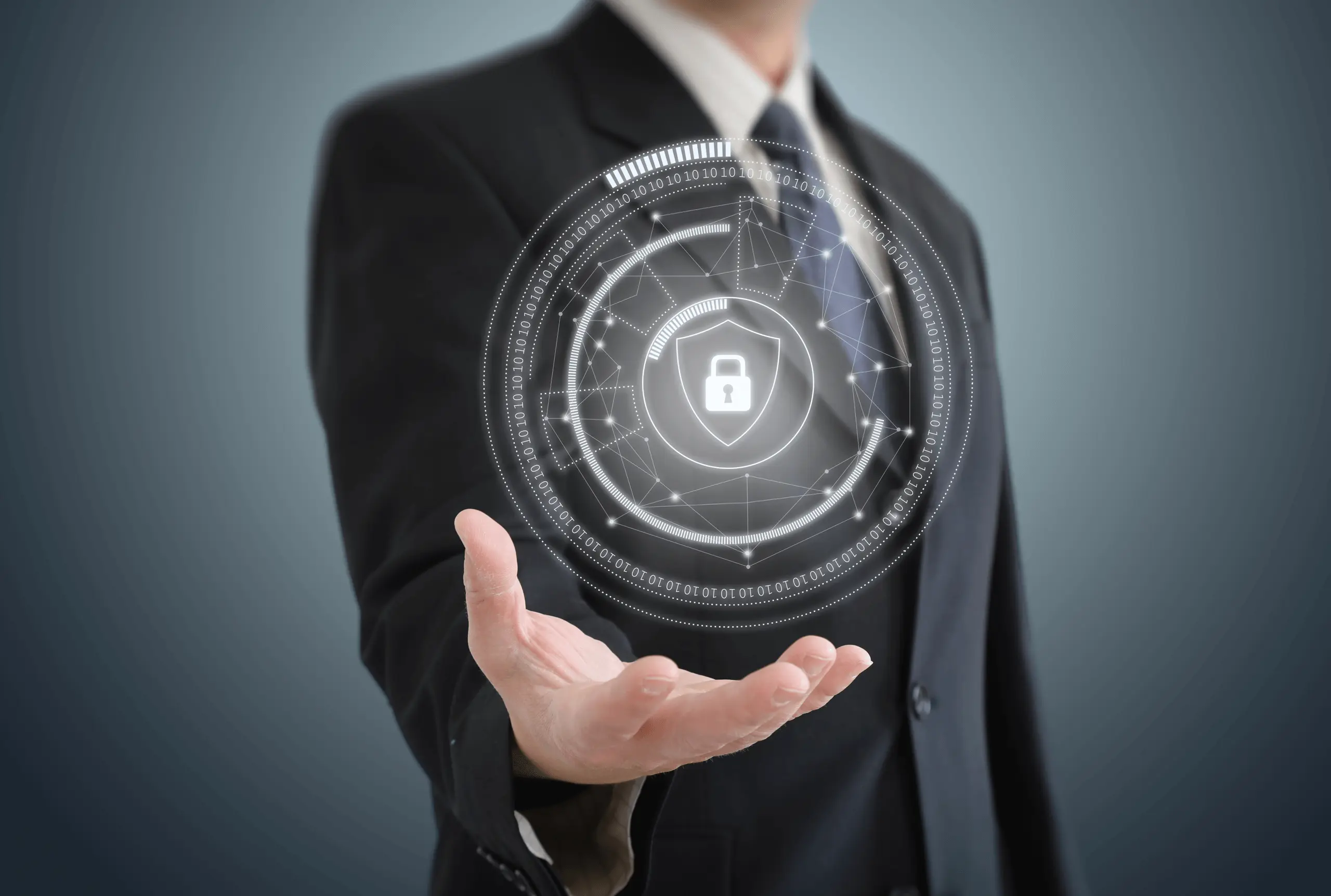April 25, 2025 • Nelson Cicchitto
Enhancing Disaster Recovery Plans with Robust Identity Management: The Avatier Advantage
Discover how integrating identity management systems into your disaster recovery strategy ensure business continuity during crisis

Disaster recovery planning has evolved far beyond basic data backup. As enterprises increasingly rely on distributed systems, cloud infrastructure, and remote workforces, identity management has emerged as a critical component of effective disaster recovery strategies. When crisis strikes—whether through natural disasters, cyberattacks, or infrastructure failures—your organization’s ability to quickly restore secure access to essential systems can mean the difference between minor disruption and devastating downtime.
The Critical Intersection of Identity Management and Disaster Recovery
Disaster recovery plans traditionally focus on infrastructure resilience and data protection, but identity access often remains an overlooked vulnerability. According to recent findings from Gartner, organizations that integrate identity governance into their disaster recovery plans reduce recovery time objectives (RTOs) by an average of 35% compared to those with siloed approaches.
The importance of this integration becomes especially clear when considering that 76% of organizations experienced unplanned downtime in the past year, with the average cost of downtime now exceeding $5,600 per minute according to a 2023 Ponemon Institute report. These statistics highlight why forward-thinking organizations are turning to comprehensive identity management solutions as a foundational element of their disaster recovery strategies.
Key Challenges in Identity Continuity During Disasters
1. Authentication Infrastructure Failures
When authentication systems fail during a disaster, the entire recovery process can grind to a halt. Teams need immediate access to critical systems to implement recovery protocols, but traditional identity infrastructures may become unavailable precisely when they’re needed most.
2. Emergency Access Provisioning
Disasters often require temporary elevation of privileges for IT staff managing the recovery or onboarding of emergency contractors. Without proper identity management controls, these emergency access scenarios can create significant security vulnerabilities and compliance violations.
3. Maintaining Zero-Trust Principles
While the urgency of disaster recovery may tempt organizations to relax security controls, this is precisely when maintaining strict identity verification becomes most critical. A cyberattack disguised as or coinciding with another disaster represents a worst-case scenario that robust identity management helps prevent.
4. Compliance Requirements During Crisis
Regulatory frameworks from HIPAA to GDPR don’t disappear during emergencies. Organizations must maintain audit trails and proper access controls even during crisis situations, which requires identity management systems designed for resilience.
How Avatier Strengthens Disaster Recovery Through Identity Management Anywhere
Avatier’s Identity Management Anywhere platform provides a resilient foundation for organizations seeking to enhance their disaster recovery capabilities. Unlike legacy IAM solutions that become single points of failure, Avatier’s architecture is specifically designed to maintain access integrity even during major disruptions.
Containerized Identity Management for Unmatched Resilience
Avatier pioneered the Identity-as-a-Container (IDaaC) approach, which dramatically improves disaster recovery readiness. By deploying identity management functionality in containerized environments, organizations gain:
- Geographic Redundancy: Identity services can be rapidly spun up in alternate locations when primary data centers are compromised
- Infrastructure Independence: Less reliance on specific hardware configurations speeds recovery
- Consistent Security Controls: Security policies remain enforced regardless of where identity services are running
This containerized approach ensures that critical identity services remain available even when primary systems are compromised, allowing for faster service restoration and maintaining security controls throughout the recovery process.
Self-Service Access Recovery Reduces Downtime
During disaster scenarios, help desk teams are often overwhelmed, creating bottlenecks that delay recovery efforts. Avatier’s self-service identity management capabilities allow users to:
- Reset passwords and unlock accounts without IT intervention
- Request and receive emergency access through pre-approved workflows
- Utilize mobile authentication even when primary infrastructure is unavailable
According to research from HDI, each password reset request handled through self-service saves an average of $70 in help desk costs while reducing resolution time by over 80%. These efficiencies become magnified during disaster scenarios when IT resources are already stretched thin.
Multi-Factor Integration Maintains Security During Crisis
Avatier’s multi-factor authentication (MFA) integration ensures that even during disaster recovery operations, authentication remains strong through:
- Offline Authentication Options: Methods that function without connection to central servers
- Risk-Based Authentication: Dynamically adjusting security based on anomalous access patterns that might indicate compromise during a disaster
- Multiple Verification Channels: Ensuring authentication can proceed even if certain communication methods are unavailable
This comprehensive MFA approach maintains zero-trust principles even during emergency operations, protecting organizations from opportunistic attackers who target companies during disaster scenarios.
Automated Workflows: The Key to Efficient Disaster Recovery
Manual identity management processes become particularly problematic during disasters when teams are under extreme pressure and normal communication channels may be disrupted. Avatier’s automated identity workflows provide crucial capabilities for disaster scenarios:
Emergency Access Provisioning with Controls
When disasters strike, specialized teams often need temporary elevated access to critical systems. Avatier enables:
- Pre-approved emergency access templates that can be quickly deployed
- Time-limited privileged access that automatically expires
- Full audit trails of all emergency access grants for post-incident compliance
These automated controls ensure teams can respond effectively while maintaining security boundaries and creating accountability even during crisis situations.
Automated De-Provisioning Protection
During organizational disruptions, proper de-provisioning becomes especially critical. Avatier’s automated controls ensure that:
- Compromised accounts can be quickly disabled across all connected systems
- Departing emergency contractors lose access immediately when their assignments end
- Orphaned accounts don’t create backdoors during the chaos of recovery operations
A recent IBM security report found that organizations with automated de-provisioning experienced 31% fewer security incidents following major operational disruptions, highlighting the importance of maintaining identity hygiene even during crisis response.
AI-Driven Identity Intelligence for Adaptive Recovery
Avatier’s integration of AI capabilities into identity management creates powerful advantages during disaster recovery situations:
Anomaly Detection During Recovery Operations
AI-powered monitoring identifies suspicious access patterns that might indicate compromised credentials or insider threats taking advantage of disaster scenarios. This additional layer of protection becomes especially valuable when normal security operations may be disrupted.
Predictive Access Recommendations
During recovery operations, AI-driven analytics can suggest appropriate access levels based on role similarities and historical patterns, speeding the restoration of business operations while maintaining least-privilege principles.
Automated Compliance Documentation
AI-assisted documentation and reporting tools help maintain compliance records during crisis situations, ensuring that even emergency access grants meet regulatory requirements and are properly logged for future audits.
Industry-Specific Disaster Recovery Considerations
Different industries face unique disaster recovery challenges that require specialized identity management approaches:
Healthcare: Patient Care Continuity
For healthcare organizations, HIPAA-compliant identity management is essential during disasters. Avatier’s solutions enable:
- Emergency access protocols for clinical staff that maintain patient data protection
- Break-glass procedures with proper audit trails
- Temporary access grants for relocated staff during facility evacuations
These capabilities ensure that patient care can continue even during facility disruptions while maintaining regulatory compliance.
Financial Services: Transaction System Integrity
Financial institutions must maintain strict controls even during crisis situations. Avatier provides:
- Segregation of duties enforcement even during emergency operations
- Continuous compliance with SOX requirements throughout recovery
- Granular privileged access controls for critical financial systems
These controls help financial institutions maintain customer trust and regulatory compliance even during significant operational disruptions.
Government & Defense: Mission Continuity
Government and military operations require specialized disaster recovery approaches. Avatier’s solutions for military and defense deliver:
- FISMA and NIST 800-53 compliant access controls that persist during contingency operations
- Secure access management for classified systems during facility relocations
- Offline authentication options for disconnected operational environments
These capabilities ensure mission continuity while maintaining appropriate security classifications even during emergency operations.
Building a Resilient Identity Foundation: Best Practices
Organizations looking to enhance their disaster recovery capabilities through improved identity management should consider these proven approaches:
1. Conduct Identity-Focused Disaster Simulations
Regular tabletop exercises specifically testing identity management scenarios help identify gaps before real disasters strike. Include scenarios such as:
- Primary identity provider outages
- Directory service corruption
- Authentication infrastructure compromise
- Emergency access provisioning under pressure
2. Document Clear Emergency Access Procedures
Create and regularly review procedures for emergency access provisioning, including:
- Who can authorize emergency access grants
- What documentation must be maintained
- When elevated access automatically expires
- How emergency access will be audited post-incident
3. Implement Identity System Redundancy
Avoid single points of failure in your identity infrastructure by:
- Deploying geographically distributed identity services
- Establishing alternate authentication paths
- Maintaining offline emergency access capabilities
- Regularly testing failover processes
4. Align Identity Controls with Business Criticality
Not all systems require the same recovery timeframes or access controls. Prioritize based on:
- Business impact of system unavailability
- Sensitivity of data being protected
- Regulatory requirements for different systems
- Operational dependencies between systems
Conclusion: Identity as the Foundation of Resilient Recovery
As organizations build more sophisticated disaster recovery capabilities, identity management has emerged as a critical but often overlooked component. By integrating Avatier’s Identity Anywhere platform into your disaster recovery strategy, you gain not just continuity of authentication services, but a comprehensive approach to maintaining security, compliance, and operational efficiency even during crisis situations.
The organizations that recover most effectively from disasters are those that have prepared thoroughly, and in today’s complex digital landscape, that preparation must include robust identity management. By addressing the identity challenges of disaster recovery proactively, your organization can significantly reduce recovery timeframes, minimize security exposures, and maintain regulatory compliance even under the most challenging circumstances.
When disaster strikes, knowing exactly who has access to what systems—and being able to adjust those access rights quickly and securely—becomes just as important as recovering the systems themselves. With Avatier’s comprehensive identity management solutions, your organization can build the resilient identity foundation essential for effective disaster recovery in today’s complex threat landscape.









